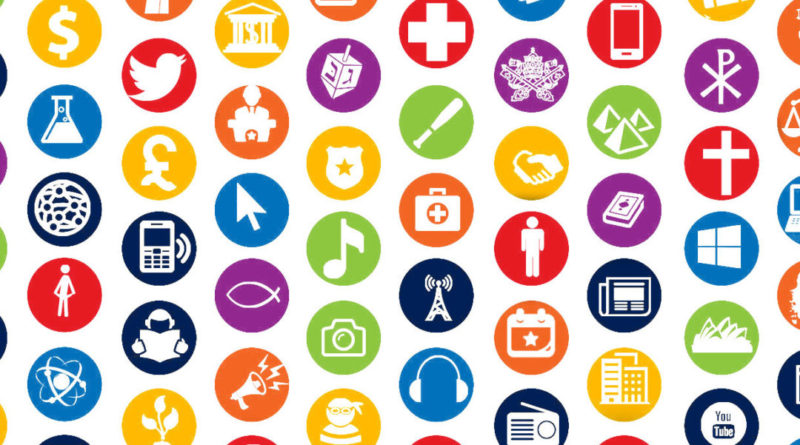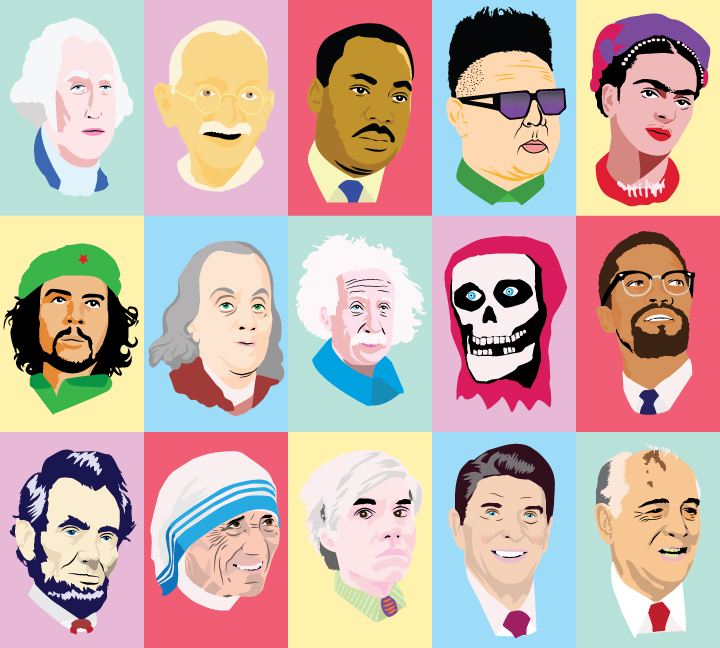World peace remains unattainable because lies, cover-ups, deceit and corruption stand in the way. International peace remains unattainable because international organisations are weak and do not have strong leaders. While naysayers will highlight the fight against terrorism, and deposing authoritarian leaders as successes, these same myopic sheep forget about the 30 civil war conflicts that plague the world. They forget about the
Champions of peace suggest that the fall in the number of terrorist activities is attributed to international cooperation among various nations. The defeat of Islamic State of Iraq and Syria (ISIS) is cited as a victory. But the reality is that organisations such as ISIS have mutated into different organisations. Where ISIS was previously only focused on Iraq and Syria, it has branched into Sudan, Nigeria and even parts of Pakistan and Bangladesh. Taking back Iraqi and Syrian towns and cities from ISIS was a major achievement, but the “physical” destruction involved did not cripple ISIS. It instead involved the destruction of the homes and businesses of ordinary people. If anything, the Iraqi government’s poor performance in restoring those homes and business has created a serious new cause of instability that aids the potential recovery of ISIS – as does the creation of new refugee and displaced populations in Syria. Crises still linger in Yemen, Myanmar, Afghanistan, Central African Republic, Ethiopia and the Southern Philippines where in-fighting continues between different factions.
In the immediate aftermath of World War II, the creation of the U.N. and the European project were the most imaginative attempts to banish war without trying for the utopia—or perhaps dystopia—of world government: They aimed at reconciling the welcome diversity of states with the need for a robust transnational system of laws that regulates their relations. Today, both are in crisis: The U.N. has proven incapable of reforming its security council, and the European project, whose example and appeal helped stabilise western Europe, is unable to transform its environment and deal effectively with issues including a Middle East in turmoil and a nationalist Russia. Today there are around 100,000 personnel from over 100 countries serving in 18 UN peace operations around the world, at an annual cost of five billion dollars.
With aggressive posturing in South China Sea by China, clashes between India and China on their mountainous borders, is it any wonder that peace is illusive? Russia’s dominance in the artic, as well as it political meddling in Ukraine, Belarus and Georgia, has created tensions in another political theatre. With the remaining members of the U.N. security council monkeying around to flex their own political whims, the chaos that needs to be quelled is engineered and instigated by the same countries that are tasked to protect the rest of the world. For international peace to be attained, archaic systems must change. Is it any wonder that world peace is unattainable?




